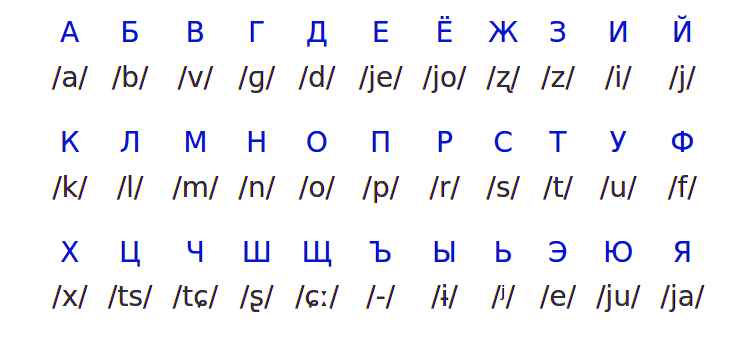
To better imitate a real human, resulting in smoother and easier translations to learn. The new implementation of NMT by Google helps their AI evaluate the wider meaning of words and phrases. The possibility of having an accurate translation is therefore based on the translated text database. And string these together to construct the sentence translation. They then decide what is the most frequently occurring translation for each component. They break down each sentence into individual words or phrases to find a match for their database. SMT is based on language pattern matching. Google uses a translation algorithm called Statistical Machine Translation (SMT). It’s just about math and odds in Google Translate, not context! Instead, the translations are solely based on statistical events. Google does not try to interpret the context of each sentence as a whole. That includes the use of a wide variety of linguistic sources. By pivoting to Neural Machine Translation (NMT). Google took its translation services a step further in 2016. The software has been upgraded using AI and machine learning. Now, to improve the accuracy of translations. Initially, Google used the United Nations and European Parliament documents to obtain linguistic data. And choose the language you are translating it into. Simply enter a phrase or word in the text box to use it. Google launched this service for machine translation in 2006. Google Translate is a free service offered by Google. Google Translate is known to those who are familiar with the Internet and its capabilities. But the sentences and meaning might not always be right. Yes, the translated text is often accurate.

But, when you convert a whole page into a browser, things begin to decline. When you try to translate only a bunch of words or a few sentences, the results are fairly reliable.


 0 kommentar(er)
0 kommentar(er)
